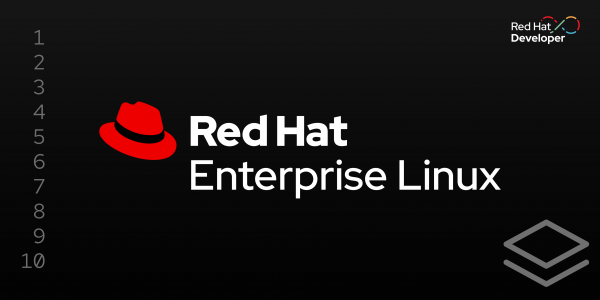Overview: Image mode for Red Hat Enterprise Linux (RHEL) with Podman
The goal of this learning path is to provide a command line-based workflow to create a bootc image that has been customized to include the desired application in addition to the host operating system. We then update the image post-deployment. In this case, we’ll build a bootable Red Hat Enterprise Linux (RHEL) 9 container image that includes the necessary application software to run a web server on the host. When installed on a host, whether a virtual machine or bare-metal host, the operating system will run directly on the host, not in a container.
In this learning path, you will:
- Provision a workstation that will be used to create the deployment and update images with the necessary tools and connectivity to package repositories and registries.
- Create a Containerfile, or Dockerfile, that defines the contents of the container images.
- Build a container image based on RHEL 9 bootc and with the application software installed.
- Build a bootable disk image from the container image, suitable for the environment in which it will run.
- Update the operating system of the host running Image mode for RHEL.
- Update the application running the host.
- Perform a system rollback.
The workflow in this learning path is done on a Linux host. If you are using Mac or Windows, it is recommended to use Podman Desktop.

